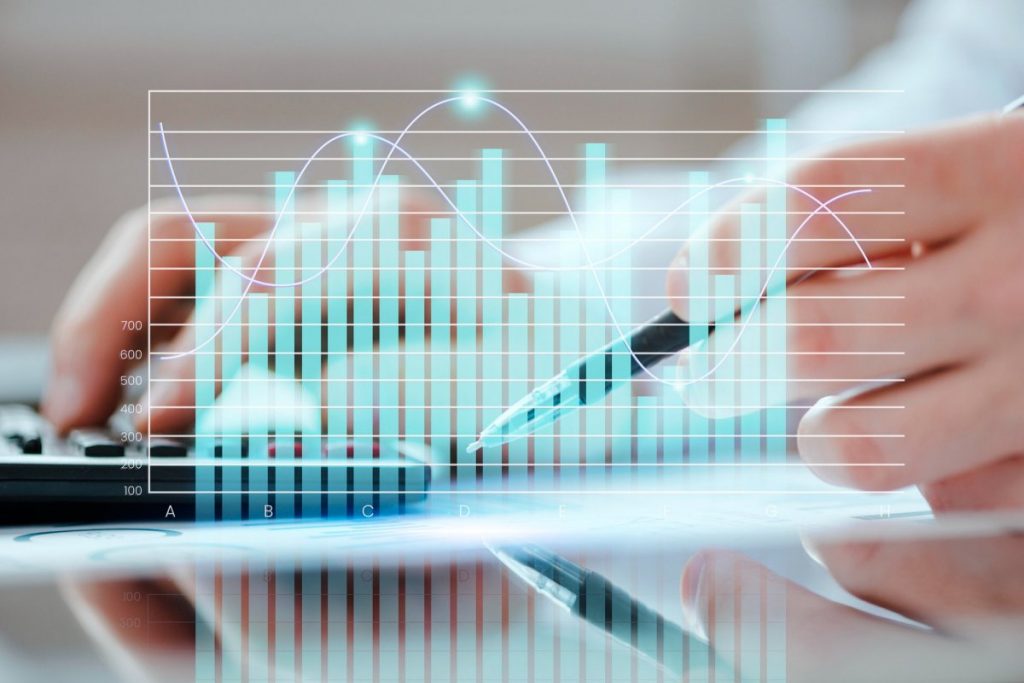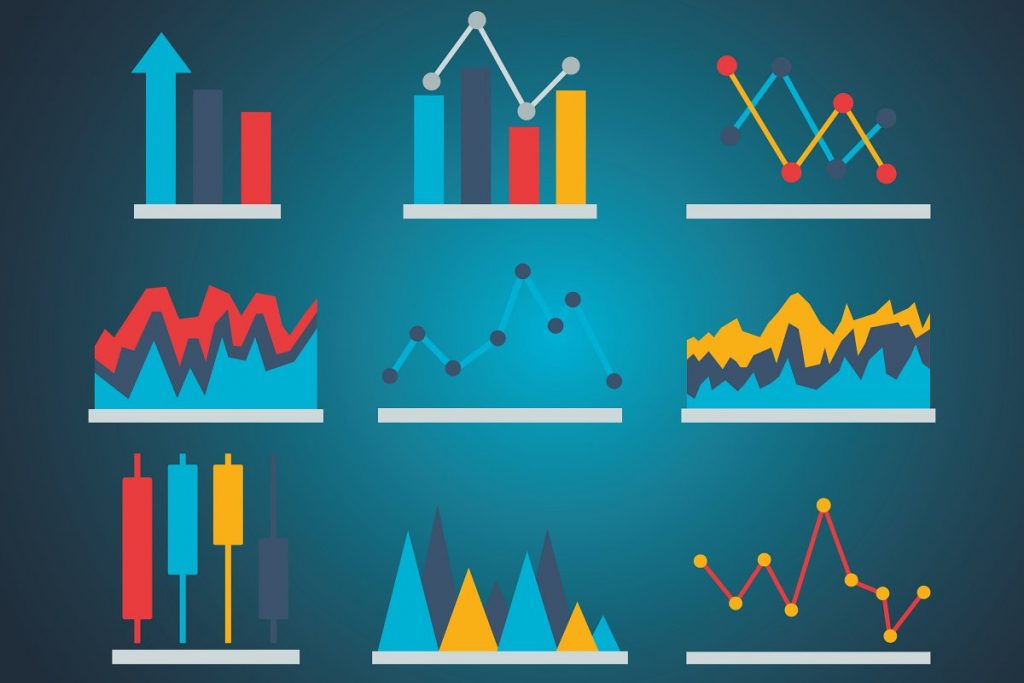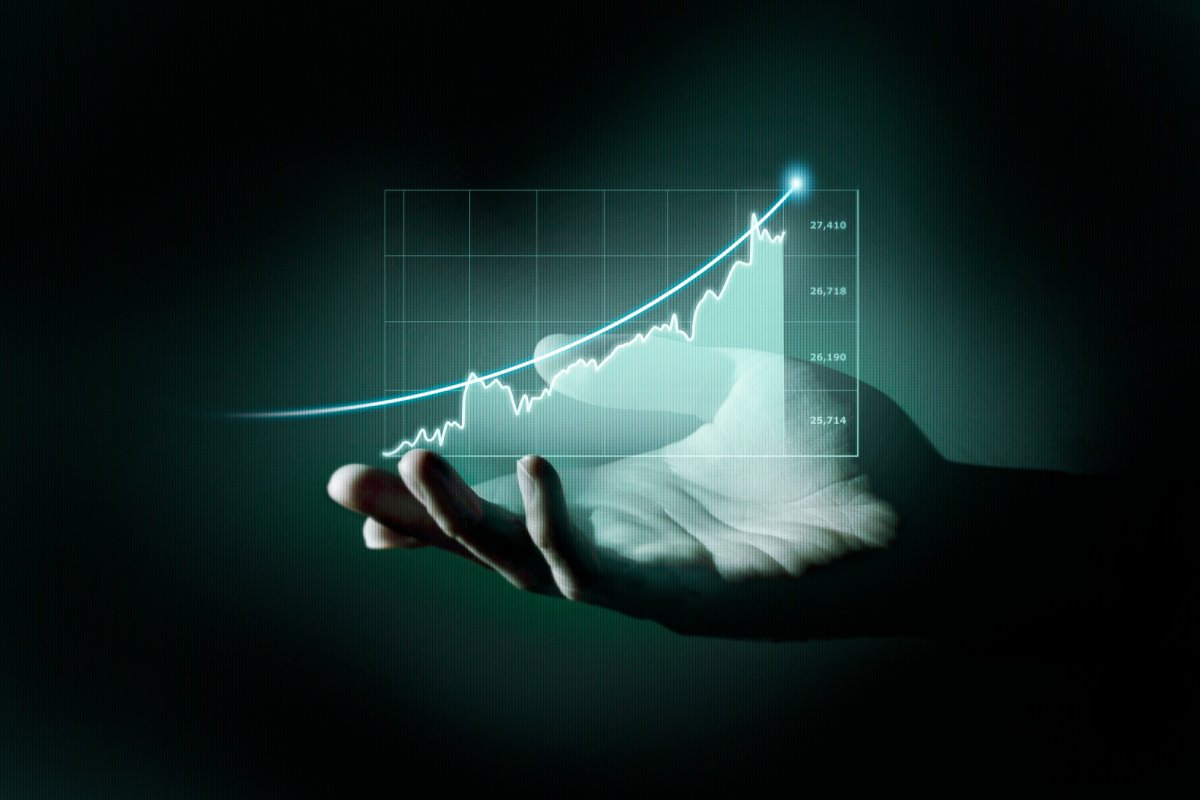Table of Contents
Introduction
In today’s complex economic landscape, understanding the significance of economic indicators is essential. This comprehensive guide aims to provide insights into how economic indicators reflect the health of an economy and why interpreting them is crucial for making informed decisions.
The Importance of Economic Indicators
How Economic Indicators Reflect the Economy
Economic indicators are like a snapshot of an economy’s health at a given moment. They encompass various data points, including production, employment, and consumer behavior. When these indicators rise or fall, they provide signals about the state of the economy.
A rising stock market index, for instance, often indicates increased investor confidence and economic growth. On the other hand, a rising unemployment rate may signal economic distress. By examining these indicators collectively, experts can gain a holistic understanding of the economy’s current state and potential future trends.
Why Interpreting Economic Indicators Matters
Interpreting economic indicators is like deciphering a complex code that holds the key to economic trends. Businesses, investors, and policymakers use these insights to navigate uncertainties, optimize strategies, and plan for challenges and opportunities.
For businesses, knowing when to expand or contract operations can be influenced by indicators such as consumer spending and manufacturing output. Investors rely on indicators to allocate resources effectively and capitalize on emerging trends. Policymakers use economic data to design effective fiscal and monetary policies that promote stability and growth.
Types of Economic Indicators

Leading Indicators: Predicting Future Trends
Leading indicators are like signposts on a journey, giving us hints about the road ahead. These indicators are proactive in nature and can provide valuable information about where the economy is headed. For example, an increase in building permits might suggest future growth in construction activity, while a rise in consumer confidence may foreshadow higher spending.
Businesses and investors closely monitor leading indicators to anticipate shifts in consumer behavior, business investment, and economic growth. By staying ahead of these trends, they can make strategic decisions that align with the evolving economic landscape.
Lagging Indicators: Assessing Past Performance
Lagging indicators, as the name suggests, follow behind economic events. They confirm trends that have already occurred and provide retrospective insights into an economy’s performance. Examples of lagging indicators include unemployment rates, corporate profits, and historical GDP data.
While lagging indicators may not provide predictive insights, they play a critical role in assessing the overall health of an economy. Investors and analysts use these indicators to validate trends and confirm whether a particular economic condition is a short-term anomaly or a more significant long-term trend.
Coincident Indicators: Tracking Current Economic Health
Coincident indicators offer a real-time pulse of the economy’s current health. These indicators move in tandem with economic cycles and provide immediate insights into economic conditions. Examples of coincident indicators include industrial production, retail sales, and personal income levels.
By monitoring coincident indicators, economists and policymakers can assess whether the economy is expanding, contracting, or in a state of stability. These indicators help validate other data and provide a timely snapshot of economic well-being.
Interpreting Key Economic Indicators

Gross Domestic Product (GDP)
GDP is one of the most widely recognized economic indicators, serving as a measure of a country’s economic output and overall health. It represents the total value of all goods and services produced within a country’s borders within a specific period.
A growing GDP often indicates a healthy economy, while a declining GDP may signal contraction. Businesses and policymakers analyze GDP to understand the pace of economic activity, identify areas of growth, and make informed decisions.
Unemployment Rate
The unemployment rate is a crucial indicator of labor market health. It represents the percentage of the workforce that is actively seeking employment but unable to find it. A higher unemployment rate indicates economic distress, while a lower rate suggests a robust job market.
Businesses monitor the unemployment rate to anticipate changes in consumer spending and assess the overall demand for goods and services. Policymakers use this indicator to make informed decisions about labor policies and social welfare programs.
Consumer Price Index (CPI)
The Consumer Price Index (CPI) measures changes in the prices of a basket of goods and services commonly purchased by households. It provides insights into inflation and purchasing power.
Rising CPI values indicate increasing prices, which can erode consumers’ purchasing power over time. Central banks and policymakers closely monitor CPI to manage inflation and ensure price stability.
Purchasing Managers’ Index (PMI)
The Purchasing Managers’ Index (PMI) offers insights into the health of the manufacturing and services sectors. It surveys purchasing managers to gauge business conditions, production levels, and new orders.
A PMI above 50 suggests economic expansion, while a reading below 50 indicates contraction. Investors and businesses use PMI data to anticipate changes in economic activity and adjust their strategies accordingly.
Stock Market Indices
Stock market indices reflect the collective performance of a group of stocks that represent a particular market or sector. Indices such as the Dow Jones Industrial Average and S&P 500 provide insights into investor sentiment and economic expectations.
A rising stock market index is often associated with optimism about economic growth, while a declining index may signal uncertainty or caution. Investors use stock market indices to assess market trends and make investment decisions.
Using Economic Indicators for Decision-Making

Business and Investment Strategies
Economic indicators serve as valuable tools for businesses and investors when formulating strategies. By analyzing indicators such as consumer spending, business investment, and industrial production, businesses can make informed decisions about production levels, resource allocation, and expansion plans.
For investors, economic indicators offer insights into potential market trends. By understanding consumer sentiment, job market conditions, and inflation trends, investors can allocate resources to maximize returns and manage risks.
Government Policies and Fiscal Planning
Governments rely on economic indicators to inform policy decisions and fiscal planning. Indicators such as GDP growth, unemployment rates, and inflation data guide policymakers in shaping taxation policies, interest rates, and public spending.
During times of economic downturn, governments may implement expansionary policies to stimulate growth. Conversely, during periods of high inflation, they may adopt contractionary measures to curb rising prices. Economic indicators play a pivotal role in ensuring effective governance and economic stability.
Personal Financial Planning
Individuals can benefit from economic indicators by incorporating them into their financial planning. For instance, understanding inflation trends can help individuals make informed decisions about savings and investments. Likewise, monitoring job market conditions and wage growth can aid career planning and salary negotiations.
By staying informed about economic indicators, individuals can make strategic financial decisions that align with their long-term goals. Whether saving for retirement, purchasing a home, or managing debt, economic insights provide a valuable compass for personal financial success.
Challenges and Considerations in Interpreting Economic Data

Data Accuracy and Reliability
Interpreting economic indicators requires accurate and reliable data. Data collection methods, sampling techniques, and statistical processes influence the quality of economic data. Misinterpreted or flawed data can lead to incorrect conclusions and ill-informed decisions.
Economists and analysts must ensure that the data they rely on is sourced from credible and reputable organizations. Scrutinizing data methodologies and accounting for potential biases are essential to maintaining the integrity of economic analysis.
Context and External Factors
Interpreting economic indicators goes beyond analyzing raw numbers; it requires understanding the broader context and external factors that may influence outcomes. Economic trends can be influenced by geopolitical events, technological advancements, natural disasters, and global market shifts.
For example, a sudden increase in oil prices may impact inflation rates, which can subsequently affect interest rates and consumer spending. Recognizing these interconnected factors is crucial for accurate interpretation and informed decision-making.
Resources for Accessing and Analyzing Economic Indicators

Government and Central Bank Reports
Government agencies and central banks are primary sources of economic data. They release regular reports and publications that provide comprehensive insights into economic performance, labor market conditions, inflation rates, and more.
Economic data published by these institutions is highly regarded for its accuracy and reliability. Researchers, policymakers, and analysts often refer to these reports when conducting in-depth economic analyses.
Financial News Outlets and Data Providers
Financial news outlets and data providers offer real-time coverage and analysis of economic indicators. These sources provide commentary on recent data releases, trends, and potential implications for financial markets and the broader economy.
Investors and businesses often rely on financial news outlets to stay updated on economic developments and to gauge potential market reactions. Timely information from reputable sources can guide short-term decisions and long-term strategies.
Economic Research Organizations
Numerous independent research organizations and think tanks focus on economic analysis and policy research. These institutions publish comprehensive reports, studies, and analyses that delve into specific economic indicators, trends, and their implications.
Researchers, academics, and policymakers often turn to these organizations for in-depth insights and nuanced perspectives on complex economic issues. The research conducted by these organizations contributes to a deeper understanding of economic indicators and their role in shaping economic policy.
Conclusion: Navigating the Complex World of Economic Indicators
In today’s interconnected global economy, economic indicators play a central role in understanding economic health, predicting trends, and informing decisions. Whether you’re a business leader, investor, policymaker, or an individual planning for the future, a solid grasp of economic indicators empowers you to navigate uncertainties, seize opportunities, and make informed choices. By mastering the art of interpreting economic data, you can unlock valuable insights that contribute to a more prosperous and resilient economic landscape.


